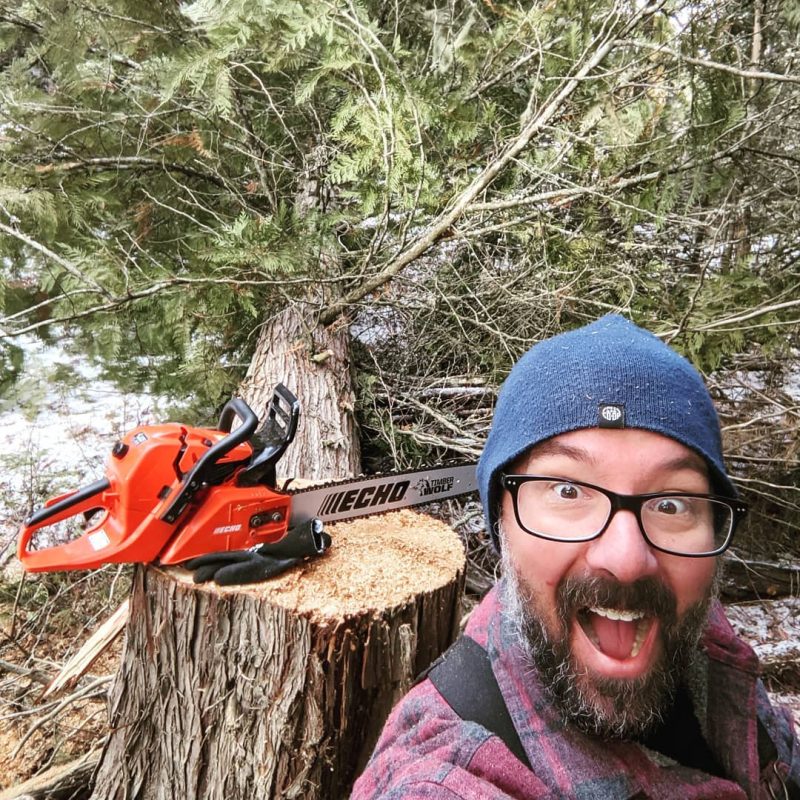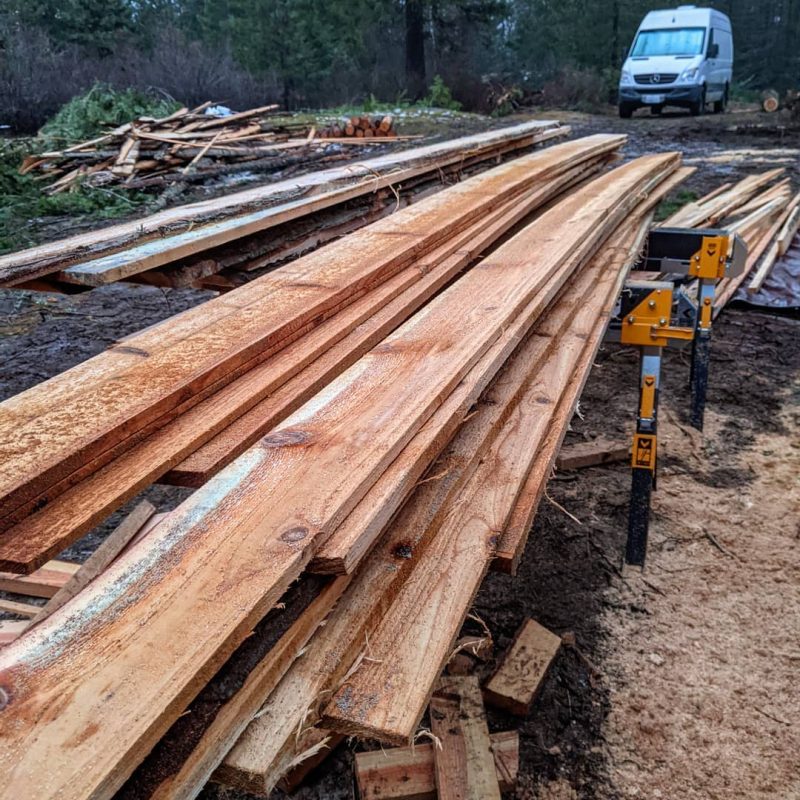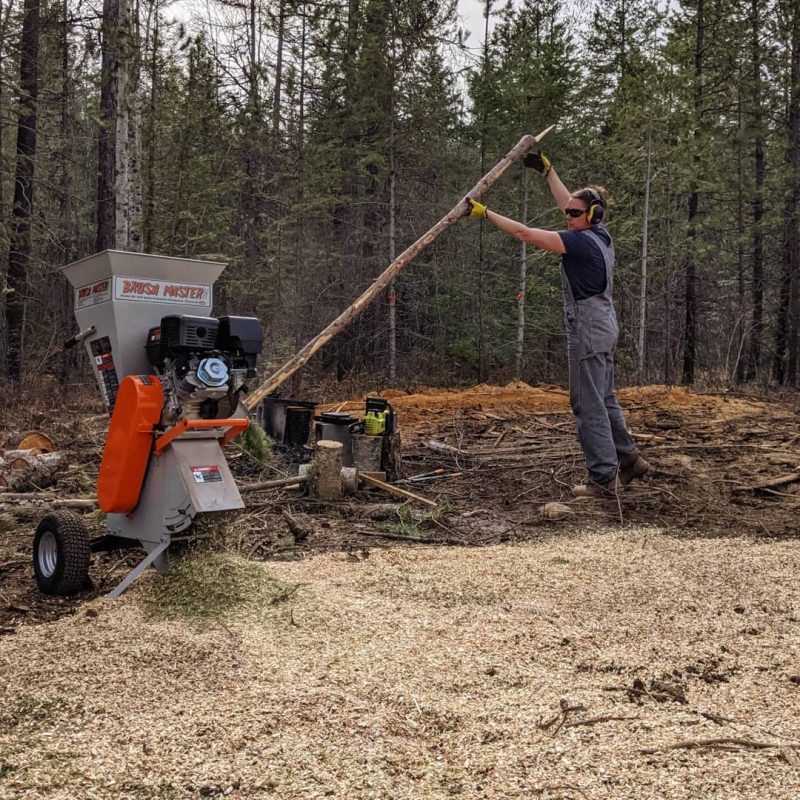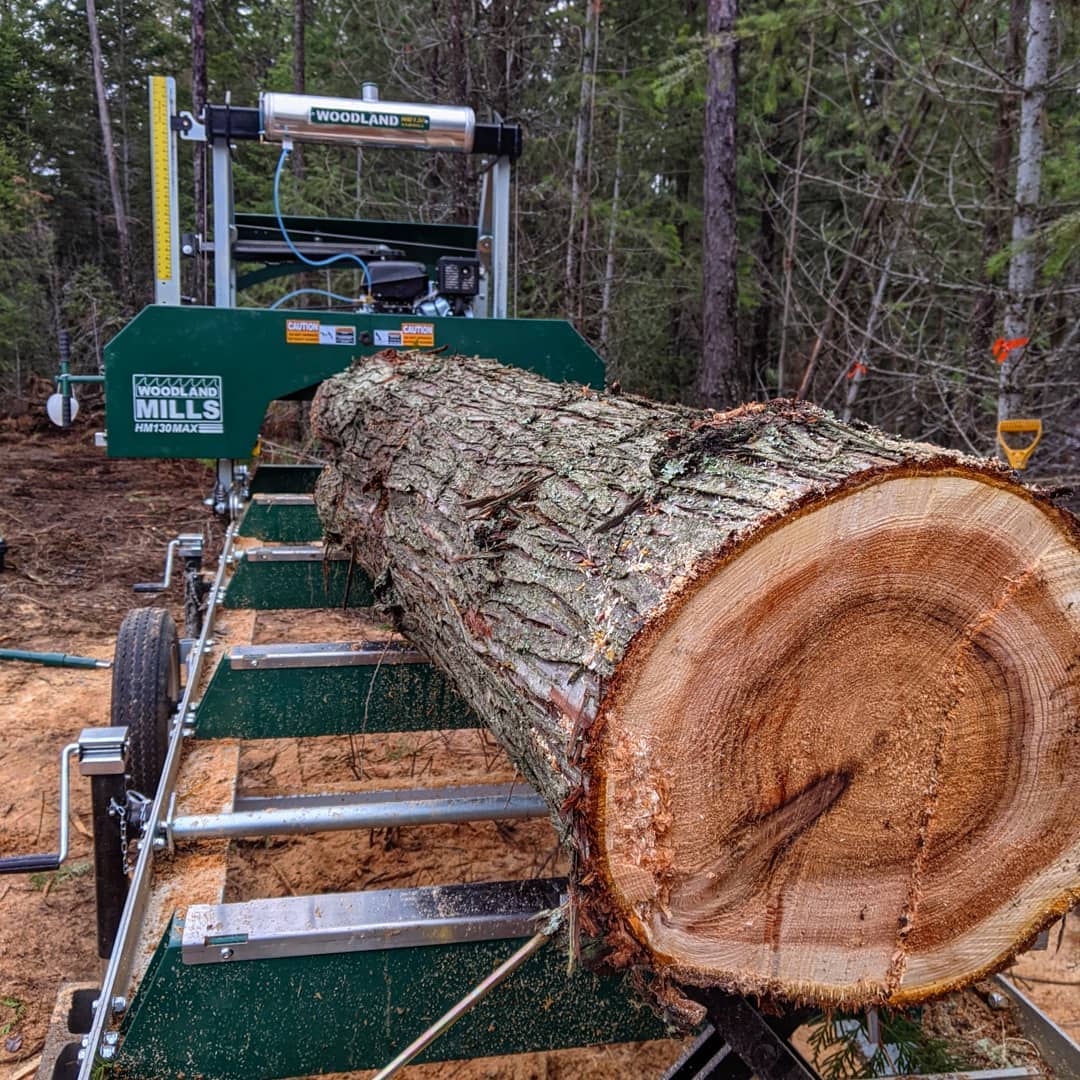The Solar Kiln: Operation, Capacity, and the Effects of Building With Green Lumber – Ep17 by SV Adventurer
SV Adventurer uses a solar kiln, his shop works with no electricity, no running water, and no internet access. Check out how he did it!
Kiln
Most people seem to understand what the kiln is used for. The kiln is large and it is used to dry lumber quickly or more quickly than it would be if we just dried lumber outside in the air and let nature takes its course.
So we are taking trees off our own land, milling them on our sawmill, turning them into lumber and using that lumber to build our house.

When lumber dries it does funny things, it twists and turns and warps and cracks, but drying them in the kiln in creates a semi-controlled environment. It helps to prevent some of the warping, twisting and cracking and it has a lot more benefits than letting lumber air dry.
Moisture Content
The moisture content of lumber depends on the type of wood. 20% and 25% are pretty wet and heavy wood. If we let that wood air dry it will take a long time before it is ready to use. Kiln dry moisture percentage is somewhere between 14% and 19%.
The couple of batches we’ve done in the kiln took about a week to dry so it speeds up the drying process.
Benefits of using Kilns
Aside from it makes your drying time faster. Kilns kill bugs and other pests if you put it to about 135 to 140 degrees. We are using douglas fir for building our house and it’s a pretty sappy wood. That sap will ooze out forever if you don’t kiln dry it. If you put them under 140 degrees Fahrenheit, it solidifies the sap and it won’t run and drip out from the walls like a horror flick.

Another thing that other people probably don’t think about is the weight and the human toll of working with wet wood, it is heavy, but when it comes out of the kiln, it will be nice, light and easy to manage.
Kiln Capacity
The capacity of the kiln is about 16ft long by 6ft wide and it can handle about 3 ½ ft tall stack of lumber. For good airflow, we want a solid foot of air space around the stack of lumber, which means the overall capacity of the kiln is 1500 board feet or about 175. 14ft long X 2 X 4’s which is a whole lot of lumber.
For stacking, we are using what we call stickers, little pieces of wood that we’ve milled into three-quarter inches tall. They go in between all the rows of the boards as we put the woods into the kiln. It gives enough space for air to flow through the lumber and helps the drying process
Solar Kiln
Solar Kiln runs on two real main principles:
- Heat is provided by the sun through the roof like a greenhouse.
- Airflow, we have two fans up in the baffle, they run off the solar panel. No switch, no thermostat. The Fan starts the second the sun hits the solar panel.
We have a thermostat that we can wire in if needed. But just having the airflow and the ventilation is probably more important than having them run off the thermostat because airflow really helps with the drying process.
We put weight on the ends of the boards to keep them flat as they’re drying. Boards in the bottom of the stack, have enough weight on them and they are going to hold their shape as they dry but at the ends of the upper stacks we need to put cinder blocks on them to keep things locked into place and keep their shapes.

Installing Tarp
The last thing we need to do is to install a tarp which has a two-fold purpose. One is to keep the direct sunlight off the lumber and two, it acts as a diverter for airflow, the sun is beating down the roof, and the fans push that hot air down along the stacks.
After you set it up, just close the door and we wait!
We control the heat and humidity slightly with ventilation on top. We have little sliders that we can open and close. They are screens to keep the bugs out but we can open and close that to control the temperature.
Building with Green Lumber
Lumber has a mind of its own as it dries. This is the board this is the baton, all the siding is made out of pine that we milled green and we put it up with really tight joints but as the stuff dried out things shifted, spaces grew and looked pretty funky in spots but that’s the beauty of the board.
The boards went up battens covered the seams so when things would shrink those seams would get hidden. A lot of these joints that were tight when we put them in here now are three-eighths to a half an inch opened up.
It’s been a pretty and interesting learning experience really to see how these boards shrank and twisted and move as they dried.
But again, the movement depends on the type of tree you have.

